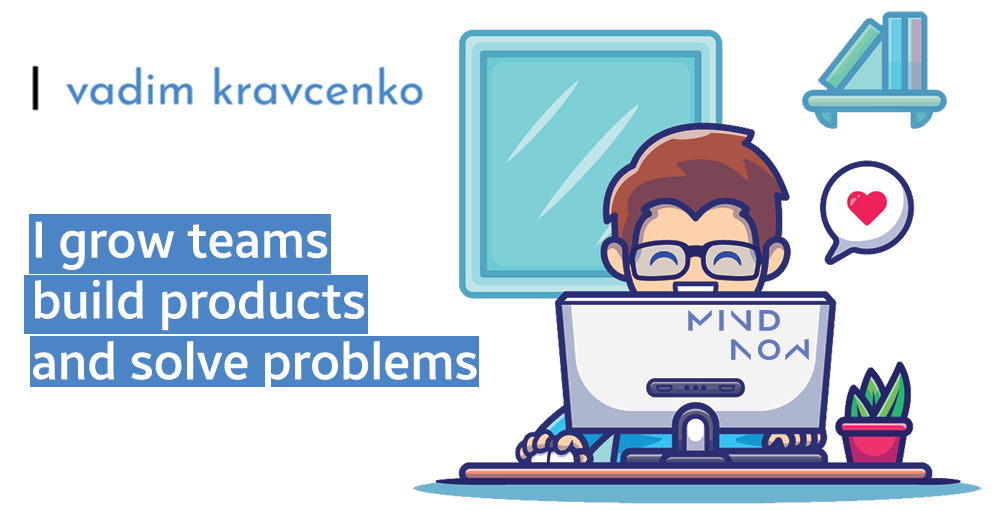
- Author: Vadim Kravcenko
- Full Title: Proper Documentation
- Type: #snippet✂️
- Document Tags:
- URL: https://vadimkravcenko.com/shorts/proper-documentation/
Highlights
- Every single thing that is not written down equals wasted resources in the future and a potential for headaches. (View Highlight)
- In the world of startups, time is the ultimate currency. Each tick of the clock carries the weight of decisions made, products built, and markets conquered. And meetings are notorious thieves of this currency. (View Highlight)
- meetings often favor the loudest voices, not necessarily those with the best ideas. It's a subtle form of bias that can stifle innovation and diversity of thought. Documentation, on the other hand, levels the playing field. It provides a platform for every team member to articulate their thoughts and insights, regardless of rank or communication style. It promotes a culture of thoughtfulness and reflection rather than snap judgments and impulsive decisions. (View Highlight)
- Encourage a culture of feedback and learning, where every document is a starting point for discussion, improvement, and innovation. If a decision needs to be made, start with a document, not a meeting. If there’s a pros/cons discussion — start with a document. (View Highlight)
- By encouraging your colleagues to document their processes, decisions, and learnings, you're showing that you value their insights and experiences. This fosters a sense of ownership and engagement beyond their designated roles and tasks. They become active contributors to the company's knowledge base and its success. (View Highlight)
- Prepare templates AND guidelines. Think of them as the DNA of your documentation - they provide the structure, consistency, and predictability that allow your knowledge to replicate and spread effectively throughout the organization. (View Highlight)
- Templates ensure the information is recorded in a standardized format, making it easy to understand and compare. On the other hand, guidelines provide the 'rules of the game,’ ensuring that everyone understands what to document, how to do it, and where to find it. (View Highlight)
- And I’d like to repeat — model the behavior you want to see, be the first to document, to share, to learn, and show them how awesome it can be. (View Highlight)
- First off, clarity and conciseness. It's about breaking down complex concepts into digestible bits, trimming the fat, and focusing on what matters. Your document isn't some long-winded novel; it's a guidebook that others need to follow. (View Highlight)
- Then comes structure and organization. You need a format that makes sense, that's intuitive. If people can't find what they're looking for, they'll get lost and frustrated. Your document needs to guide them, not confuse them. (View Highlight)
- suggest which other document might be helpful. (View Highlight)
- Next up, accessibility and discoverability. Your document isn't some secret tome hidden in a dusty old library. It's a living, breathing resource that needs to be easily accessible and discoverable.
• Utilize tags and categories, and segment your information into different clusters.
• Utilize full-text search or AI vector search (View Highlight)
- Lastly, and this is critical, your document isn't a monument. It's not something you build once and forget about. It's a growing, evolving entity that needs regular updates and maintenance. Your organization changes, your knowledge expands, and your document needs to reflect that.
• Track the last changed dates, and update those older than a year.
• Track who the owner of this information is, and update it regularly. (View Highlight)
- If you swap all human interaction for a series of documents, you're setting up your team for isolation and disconnection, a one-way ticket to low engagement. (View Highlight)
- The process of documenting itself can be time-consuming. There's a certain art to writing a practical, concise, and easily digestible document. It requires thoughtfulness, clarity of thought, and a knack for simplification. Some might argue that the time spent crafting these documents could be better utilized elsewhere. And they're not entirely wrong. If you're documenting every tiny detail, you will have an overwhelming library of information that's as difficult to navigate as a dense jungle and might not be THAT useful. (View Highlight)
